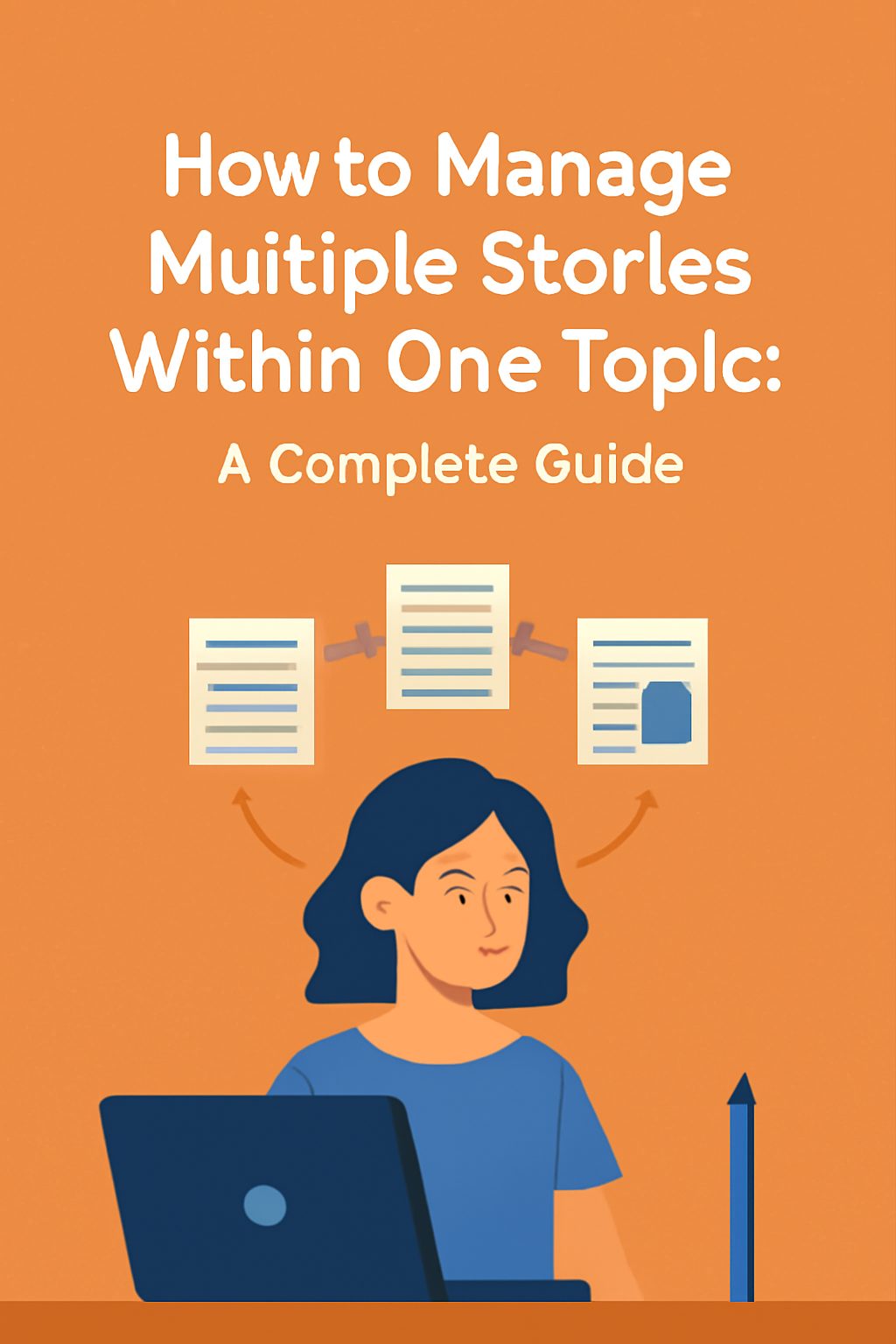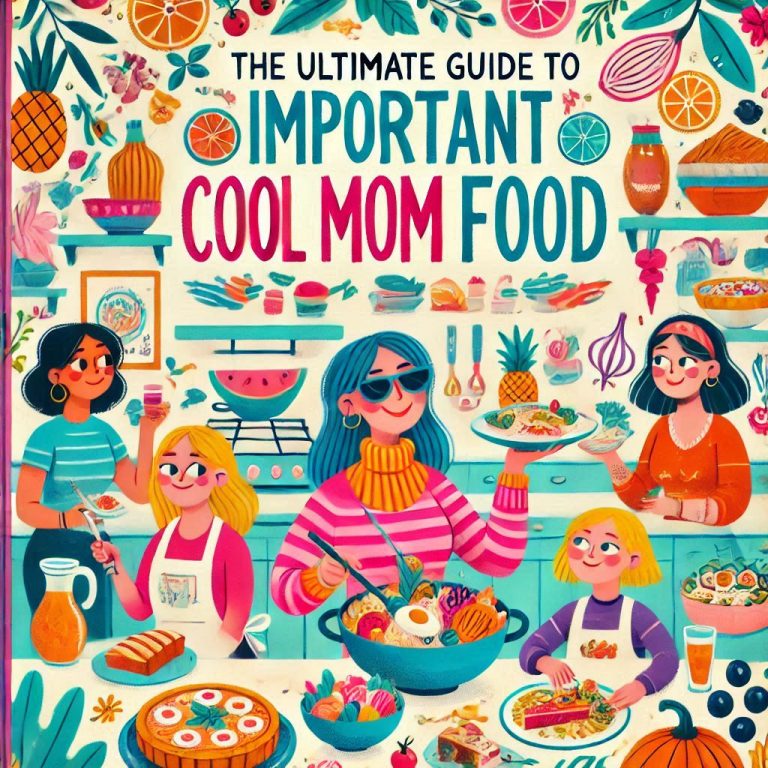How to Manage Multiple Stories Within One Topic: A Complete Guide
Introduction:
Writing multiple stories within a single topic can be a rewarding yet daunting task for any writer. Whether you’re working on a blog, a novel, or a screenplay, integrating different narratives under one overarching theme adds complexity and depth to your work. Shows like Game of Thrones and films like Inception have masterfully woven multiple plotlines to create immersive worlds that engage their audiences from start to finish. However, balancing different stories without losing the essence of your central theme or overwhelming your readers can be tricky.
In this article, we’ll explore how to effectively manage multiple storylines within a single topic. From understanding the basics of multiple plotlines to practical techniques for balancing them, this guide will equip you with the tools and insights needed to write compelling, multi-layered stories. Let’s dive into how you can craft engaging narratives that captivate your audience.
Understanding Multiple Storylines
Before diving into techniques for managing multiple stories, it’s important to understand what we mean by “multiple storylines.” Simply put, this refers to having more than one plot or narrative thread running within the same piece of work. These storylines can focus on different characters, events, or perspectives, and they often intersect at key points to create tension and add depth to the overall story.
Multiple storylines work well for creating complex, multifaceted narratives that go beyond a single plotline. They allow writers to explore various aspects of a topic, such as different characters’ arcs, settings, and themes, all contributing to the main story’s progression. Think of Game of Thrones—each character’s storyline is rich and independent, yet all are intricately connected, building up to the larger plot.
Types of Story Structures for Multiple Plotlines
Managing multiple storylines successfully depends on selecting the right structure for your narrative. Here are some popular story structures used by writers when dealing with multiple plotlines:
1. Parallel Narratives
In a parallel narrative, multiple storylines run alongside each other without necessarily intersecting. These plotlines develop independently, but they often explore similar themes or are tied together by a common event or backdrop.
- Example: Inception – The movie follows two parallel narratives: one where Leonardo DiCaprio’s character is involved in a heist within a dream, and the other focusing on his personal struggles and past.
- Best For: Writers who want to explore different perspectives while keeping each storyline separate but connected through themes or setting.
2. Intersecting Narratives
Intersecting narratives involve separate storylines that meet or intersect at key points in the narrative, adding drama, conflict, or resolution. These intersections provide a sense of cohesion and build momentum as the separate plotlines converge.
- Example: Game of Thrones – The various character arcs may take different paths initially, but they all come together at pivotal moments, like the Battle of the Bastards.
- Best For: Writers who want to create a sense of unity by bringing separate plotlines together at critical moments.
3. Character-Centric Subplots
Another popular structure is focusing on multiple character-driven subplots that all tie back to a central theme or event. Each subplot provides insight into a different character’s journey or growth, contributing to the overall narrative arc.
- Example: Harry Potter – While the main plot revolves around Harry’s battle with Voldemort, there are numerous subplots following the development of other characters, like Hermione and Ron, which enrich the world and provide a well-rounded story.
- Best For: Writers interested in delving into deep character development and creating multifaceted personalities that influence the central story.
Techniques for Balancing Multiple Storylines
Successfully weaving multiple storylines requires careful attention to pacing, timing, and structure. Here are a few essential techniques that can help:
1. Pacing and Timing
When writing multiple plotlines, pacing becomes crucial. You want to ensure that no one storyline overwhelms the others and that each gets the right amount of attention at the appropriate time. Alternate between storylines to keep things fresh and avoid bogging down your readers.
- Tip: Break up your subplots into smaller, manageable sections. This makes it easier to switch between them while maintaining the overall flow of the story.
2. Storyboarding and Character Mapping
A powerful tool to keep track of multiple storylines is storyboarding. This method allows you to visually organize each plot thread, ensuring that the different storylines stay connected and flow logically from one to the next. Character mapping helps track character arcs across different storylines to maintain consistency.
- Tip: Use tools like Scrivener or Plottr to visualize your narrative’s structure and keep all your plotlines organized in one place.
3. Cross-Cutting Techniques
Cross-cutting refers to alternating between different storylines in a way that builds suspense or contrasts characters’ experiences. This technique is commonly used in movies and television, but it can also be effectively applied in writing to create tension or highlight the differences between plotlines.
- Tip: Use cross-cutting to switch between storylines at the climax of your story. This builds anticipation and helps emphasize key moments of change or conflict.
Common Mistakes to Avoid When Writing Multiple Storylines
Even the most experienced writers can make mistakes when juggling multiple storylines. Here are a few common pitfalls to avoid:
1. Overcomplicating the Plot
Adding too many subplots can overwhelm the reader and dilute the impact of the main storyline. Focus on a few strong subplots that tie into the central theme or narrative. Ensure each subplot serves a purpose and moves the overall story forward.
- Tip: If you feel that a subplot doesn’t contribute significantly to the story, consider cutting it or simplifying it to focus on the essentials.
2. Underdeveloped Subplots
Subplots that lack depth or don’t receive enough attention can leave readers feeling unsatisfied. Every subplot should have its own arc, with a clear beginning, middle, and end.
- Tip: Give each subplot the proper amount of space and development so that it feels complete and meaningful.
3. Loss of Focus
Multiple storylines can cause a narrative to become fragmented if the writer doesn’t maintain focus on the central theme. It’s important that each plotline ties back to the core of the story, whether it’s the characters’ growth, the main conflict, or the theme you want to explore.
- Tip: Regularly review your work to ensure that all storylines connect to the central idea. Ask yourself how each subplot enhances the overall narrative.
Tools and Resources for Writers Managing Multiple Storylines
Managing multiple plotlines requires organization, and there are several tools and resources available to make the process easier:
- Scrivener: A powerful tool for organizing plotlines, creating character profiles, and managing complex narratives.
- Plottr: A visual story plotting tool that helps writers lay out their plotlines and see how they fit together.
- Storyboarding: Use visual boards to map out your story’s events and characters.
Additionally, try writing prompts that focus on developing multiple storylines. One example: “Write a scene where two different plotlines unexpectedly collide in the final act.”
Conclusion
Mastering multiple storylines in your writing is a skill that can elevate your work and provide depth and complexity to your narratives. By using the right structure, techniques, and tools, you can balance different plotlines effectively, keeping readers engaged and invested in every storyline. Remember, pacing, organization, and careful development of each subplot are key to creating a cohesive narrative. With these tips in mind, you’re ready to start crafting your next multi-layered masterpiece.
FAQs
1. How do I balance multiple plotlines without confusing my readers?
Balance comes from pacing and structure. Alternate between storylines, ensuring each one develops evenly throughout the story.
2. What tools can help manage multiple plotlines?
Software like Scrivener and Plottr can help organize your storylines, and storyboarding is a great way to visually map out the narrative.
3. How do I avoid overcomplicating my story?
Focus on a few strong subplots that connect to the main story. If a subplot isn’t necessary, consider simplifying or removing it.
4. Can multiple storylines be overwhelming to readers?
Yes, if not properly paced. Ensure each plotline is clearly developed and contributes to the overall theme or conflict of the story.







